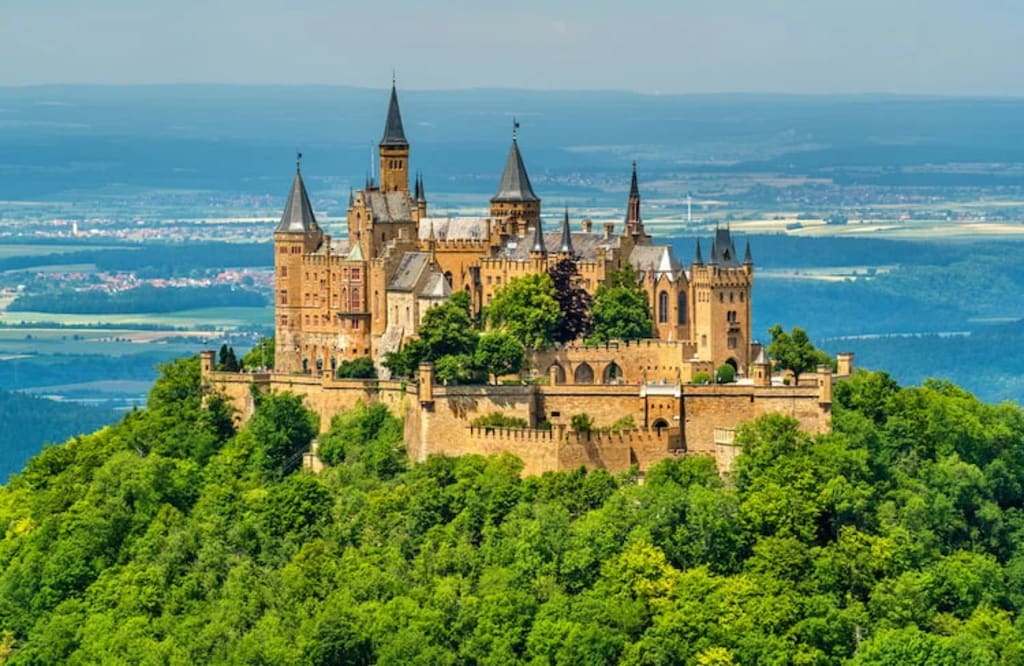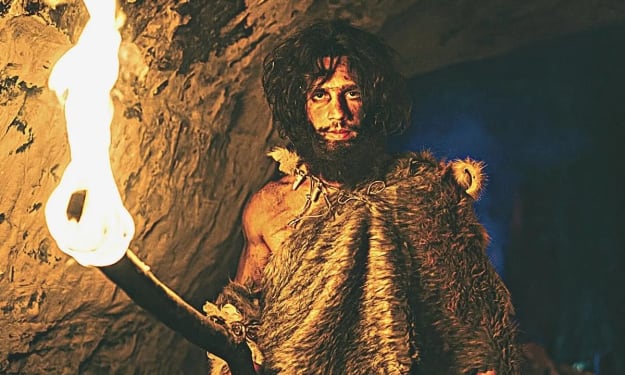Revealing the Mysteries of Medieval Castles: A Journey through Time
Uncovering the Architectural Marvels and Intriguing Secrets of Medieval Castles

Welcome, esteemed readers, to a captivating journey through the enchanting realm of medieval castles. In this blog, we shall delve into the secrets, architecture, and daily life within these magnificent fortresses of old. Join us as we shatter misconceptions, explore the strategic construction, and discover the fascinating features that made castles the epitome of power and resilience during the Middle Ages. Step back in time with us and prepare to be enthralled by the hidden tales within the stone walls of these majestic structures.
The Purpose and Construction of Castles
Contrary to popular belief, castles were not mere fairy-tale settings but fortified residences with a clear purpose. Unlike palaces or fortresses, castles served as the fortified homes of important individuals, providing defense, administration, and a symbol of authority. European-style castles emerged in the 9th and 10th centuries, a tumultuous period after the fall of empires. To protect their territories, lords and nobles constructed castles as formidable structures. These early castles were initially made of wood but proved vulnerable to fire and lacked durability. Consequently, stone castles replaced them, offering greater strength and longevity.
However, the construction of stone castles came with its challenges. It was an expensive and time-consuming process that required careful planning and skilled labor. Stone had to be quarried, transported, and meticulously assembled. Imagine the immense effort required without modern machinery or tools. The construction of a castle could span a decade or more, making it a testament to the vision and determination of its builders.
Architecture and Defensive Features
Medieval castles were strategically designed to withstand assaults and provide a secure stronghold for their inhabitants. The location played a vital role, often perched on hard-to-reach sites like islands, hilltops, or near water bodies. These locations offered natural protection and allowed for sweeping views of the surrounding areas, enabling the castle's residents to spot potential threats from afar.
Castles were fortified with formidable outer walls, towers, and gates. The gatehouse, although seemingly unassuming, held great importance as the weakest point in the castle's defense. Its size was intentionally minimized to discourage unwelcome visitors. Massive gates, as depicted in fantasy movies, were impractical and would have compromised the castle's defensibility. Tower design evolved from square to round as a response to vulnerabilities. Square towers were prone to collapse if the corners were undermined. In contrast, round towers proved more resilient and harder to breach.
Stepping inside the castle, one would encounter the keep, the central building housing the lord, lady, guests, and key personnel. The lord and lady occupied their chambers, while others would gather in the great hall, serving as both a sleeping area and a space for communal activities. Spiral staircases, a distinctive feature of castles, were built in a clockwise direction. This design hindered invaders ascending the stairs from drawing their swords easily, granting defenders an advantage. The stairs also featured uneven steps, causing unfamiliar intruders to stumble and lose their footing.
Life Within the Castle
Within the castle walls, daily life revolved around the lord and lady's chambers, the great hall, and communal spaces. Lords and ladies enjoyed relative comfort, while others found themselves sleeping in the great hall, their dining area. Interestingly, castles did not typically have dungeons in the conventional sense. The term "dungeon" originated from the French word "donjon," referring to the keep. In reality, these spaces acted as last resorts for castle inhabitants during times of crisis.
Sanitation within castles was rudimentary, and the absence of toilets as we know them today is notable. Instead, rooms called garderobes, often adjacent to the outer walls, served as makeshift restrooms. These rooms had holes leading to the moat and emitted a pungent odor. To ward off insects and protect their clothing, people also utilized these spaces as makeshift wardrobes.
As we conclude our journey through the intriguing world of medieval castles, we hope you have gained a newfound appreciation for these architectural marvels. From their strategic construction and defensive features to the nuances of daily life within their walls, castles stand as testament to the resilience and vision of the medieval era. They were not mere fantasy settings but practical fortresses that shaped the course of history.
So, the next time you encounter a representation of a castle in popular culture, remember the true essence of these structures. Transport yourself back in time and envision the towering walls, spiral staircases, and the noble lords and ladies who once called these fortresses home. Castles are more than fairy tales; they are tangible remnants of a fascinating era that continue to captivate our imagination.





Comments
There are no comments for this story
Be the first to respond and start the conversation.